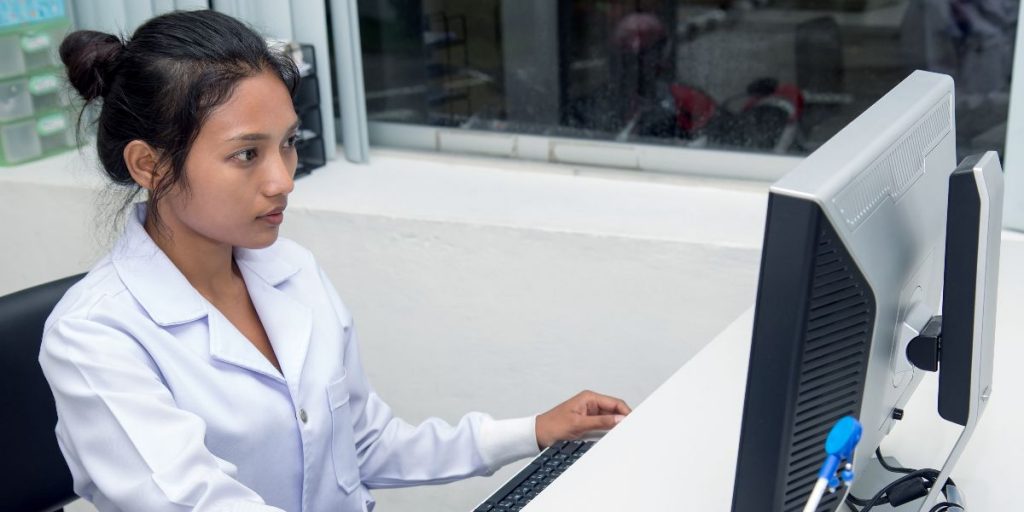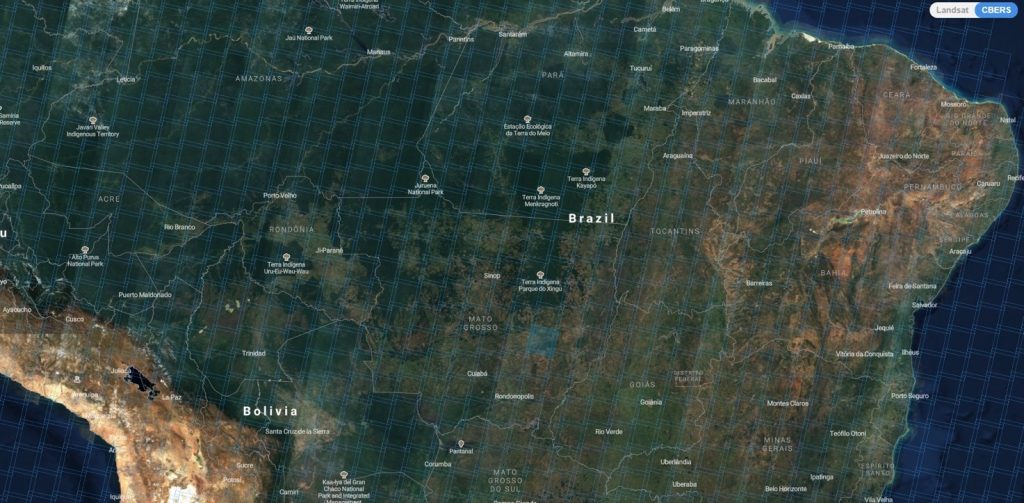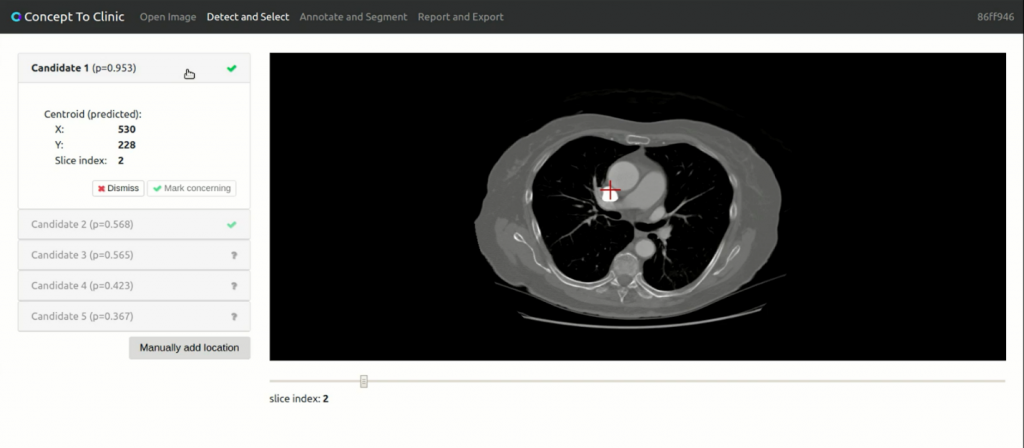AWS Public Sector Blog
Tag: AWS Cloud Credits for Research
An introduction to AWS for research IT: Getting started in the cloud
The cloud can help researchers process complex workloads, store and analyze enormous amounts of data, collaborate globally, and accelerate research and innovation. For research IT, Amazon Web Services (AWS) can help build scalable, cost-effective, and flexible environments while still maintaining the governance and guardrails for security and compliance. Following best practices, AWS allows for centralized management of resources, improved security and compliance of research workloads, and can save costs and accelerate innovation. What are some common questions from research IT customers?
Keeping a SpatioTemporal Asset Catalog (STAC) Up To Date with SNS/SQS
The SpatioTemporal Asset Catalog (STAC) specification aims to standardize the way geospatial assets are exposed online and queried. The China-Brazil Earth Resources Satellites (CBERS) are the result of a cooperation agreement between Brazilian and Chinese space agencies (INPE and CAST, respectively), which started in 1988. Since then, five satellites were launched (CBERS-1/2/2A/3/4). The mission generates images from Earth with characteristics similar to USGS’ Landsat and ESA’s Sentinel-2 missions. In 2004, INPE announced that all CBERS-2 images would be available at no charge to the public. It was the first time this distribution model was used for medium-resolution satellite imagery. Now, this model is used for all CBERS satellite images.
When Data Unlocks the Good for Society
Data can be a powerful driver in solving social issues. The AWS Cloud Credits for Research Program seeks to remove barriers and enable researchers to do their best work, bringing them closer to the answers. DrivenData and the Data Science for Social Good Fellowship are two entities using research credits to make a difference for society.


